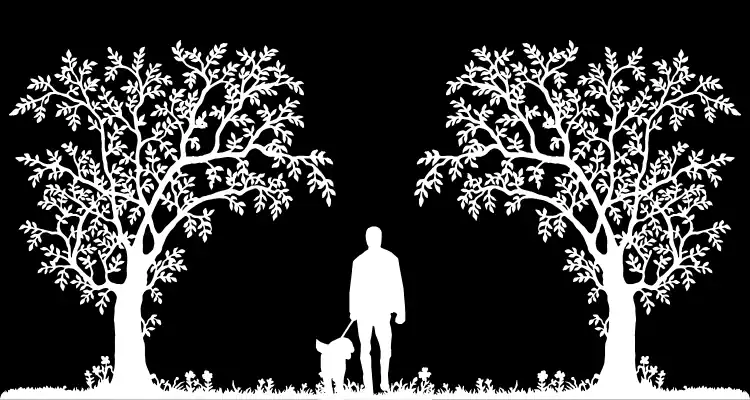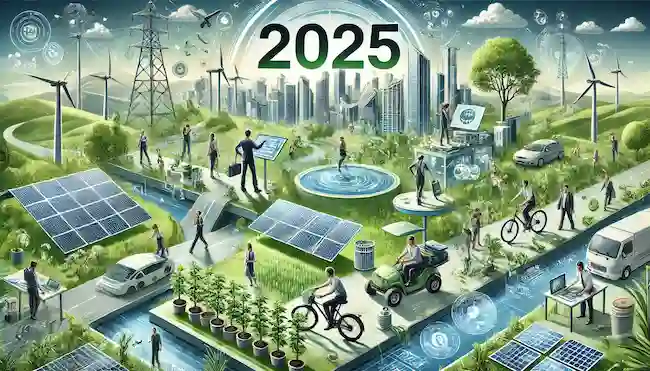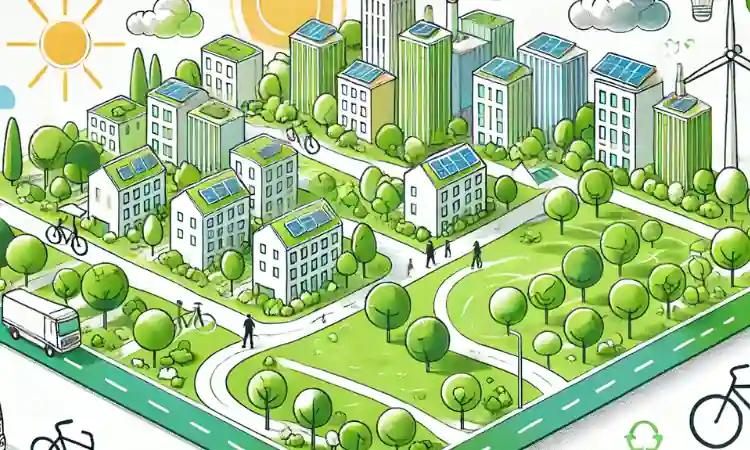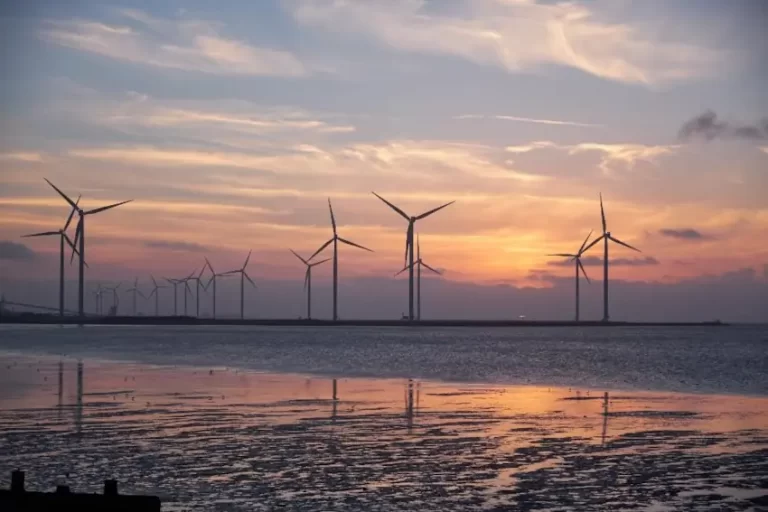Understanding Climate Anxiety: A Practical Guide
In an age where headlines of wildfires, floods, and record temperatures are unavoidable, many are grappling with a heavy emotional burden. This distress has a name: climate anxiety.
Also known as eco-anxiety, this is more than just concern, it’s the chronic fear of environmental doom. It’s the feeling of being overwhelmed, powerless, and uncertain about the future of our planet.
In this post, we’ll explore what climate anxiety is, why it’s on the rise, how you can manage these feelings, and how to channel them into meaningful action.
What Is Climate Anxiety?

Climate anxiety is the psychological and emotional response to the escalating issue of climate change. The American Psychological Association acknowledges it as a chronic fear rooted in the real and anticipated impacts of climate change.
Unlike everyday stress, it’s tied to existential questions about our future. It can manifest in several ways:
Why Is Climate Anxiety on the Rise?

While concern for the environment isn’t new, the term climate anxiety, or “eco-anxiety”, gained significant traction in the 2010s. This has continued as the effects of climate change become scientifically undeniable and visible in our daily lives.
Concern has been amplified by protest movements and increasingly stark reports from bodies like the IPCC. We are the first generations to have a constant, digital stream of information showing us the climate change and impact in real-time.
Who is most affected?
While anyone can experience it, climate anxiety more common amongst:
How to Cope with Climate Anxiety: 7 Actionable Strategies

Feeling anxious is a rational response to a real threat. The goal isn’t to eliminate the feeling, but to manage it so it doesn’t consume you.
Here’s how to build resilience and help manage this challenge:
1. Acknowledge and Validate Your Feelings
You are not alone. Climate anxiety is a sign that you care deeply. The first step is to name the emotion, be it grief, fear, or anger, and allow yourself to feel it without judgment.
2. Shift from Helplessness to Action
Anxiety often stems from a feeling of powerlessness. Counter this by taking meaningful action. While small personal changes matter, collective action can also be a powerful antidote to despair:
3. Curate Your Media Diet
Constant exposure to catastrophic news fuels anxiety. It’s crucial to stay informed, but it’s equally important to protect your mental health. Set boundaries by scheduling “climate news” time and ensuring you unplug completely.
4. Find Strength in Community
Climate anxiety can feel incredibly isolating. Connecting with others who understand your concerns breaks the isolation, validates your feelings, and transforms individual anxiety into the collective strength needed for activism and support.
5. Focus on Your Sphere of Influence
You cannot solve the climate change on your own, and that’s okay. Focus on what you can control: your consumption habits, your local community, your vote, and the conversations you have with friends and family. This brings a sense of agency back.
6. Reconnect with Nature
Spending intentional time outdoors can be profoundly healing. It reminds us what we are fighting for and restores our sense of connection and peace. Nature is not just the thing we are trying to save; it is a source of resilience that can save us, too.
7. Seek Professional Support
If your climate anxiety feels debilitating, consider speaking with a professional. A growing number of therapists are trained in “climate-aware therapy” and can provide specialised tools to help you navigate these complex emotions.
Looking Ahead with Purpose

Climate anxiety can be a heavy burden, but it is also a reflection of your empathy and compassion.
By acknowledging our fear, building community, and taking intentional action, we can transform our anxiety from a source of paralysis into a powerful force for a more sustainable and just future.
To support you further, we recommend the following additional resources here at Greener Insights. These will improve you knowledge and understanding of climate change, and actions you can take to support a more sustainable future:
30 Essential Climate Change Facts Everyone Should Know
How to Build a Sustainable Mindset That Lasts
What is Environmental Psychology: A Beginner’s Guide
Switching Careers to Combat Climate Change: Key Tips
Finally, want more practical ideas and mindset tips?
Check in here at Greener Insights for regular updates, and follow us on our social media channels:







